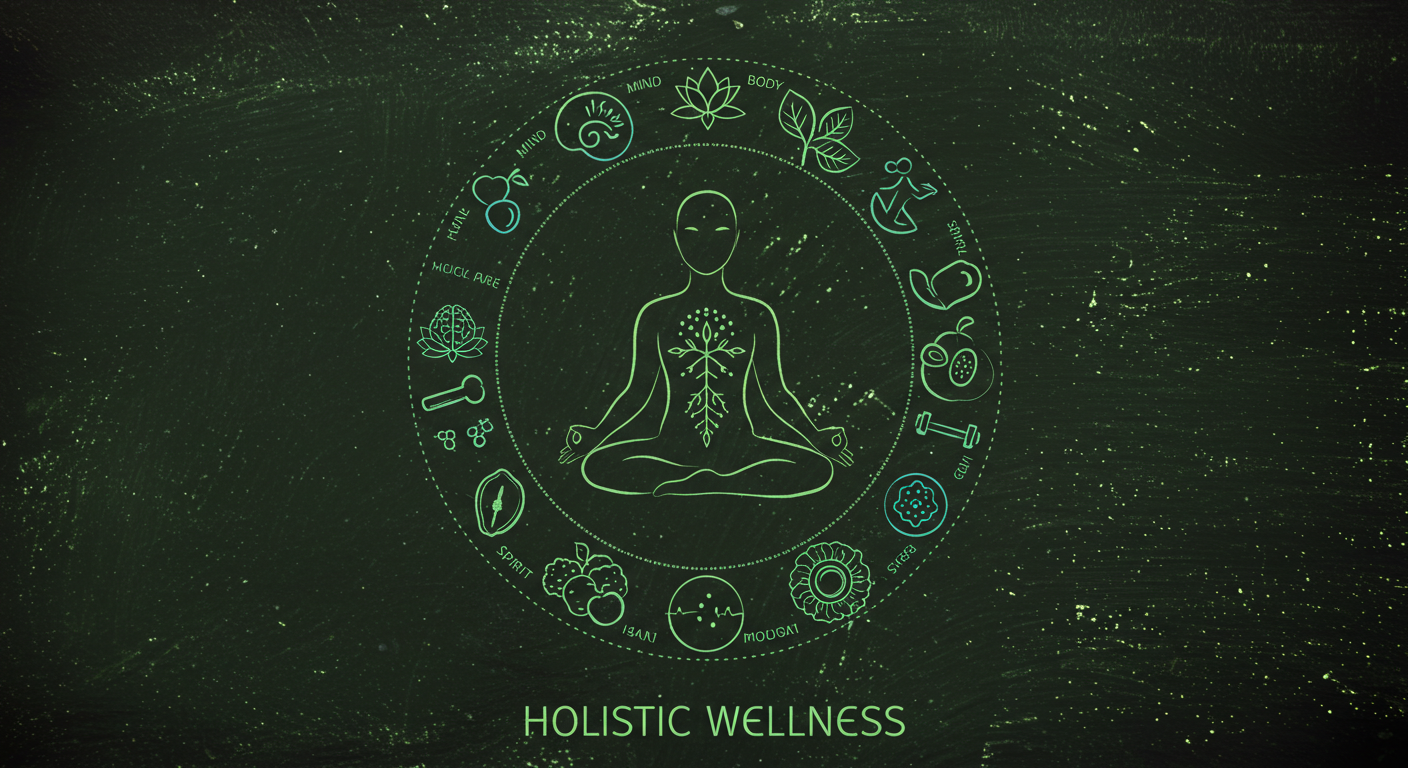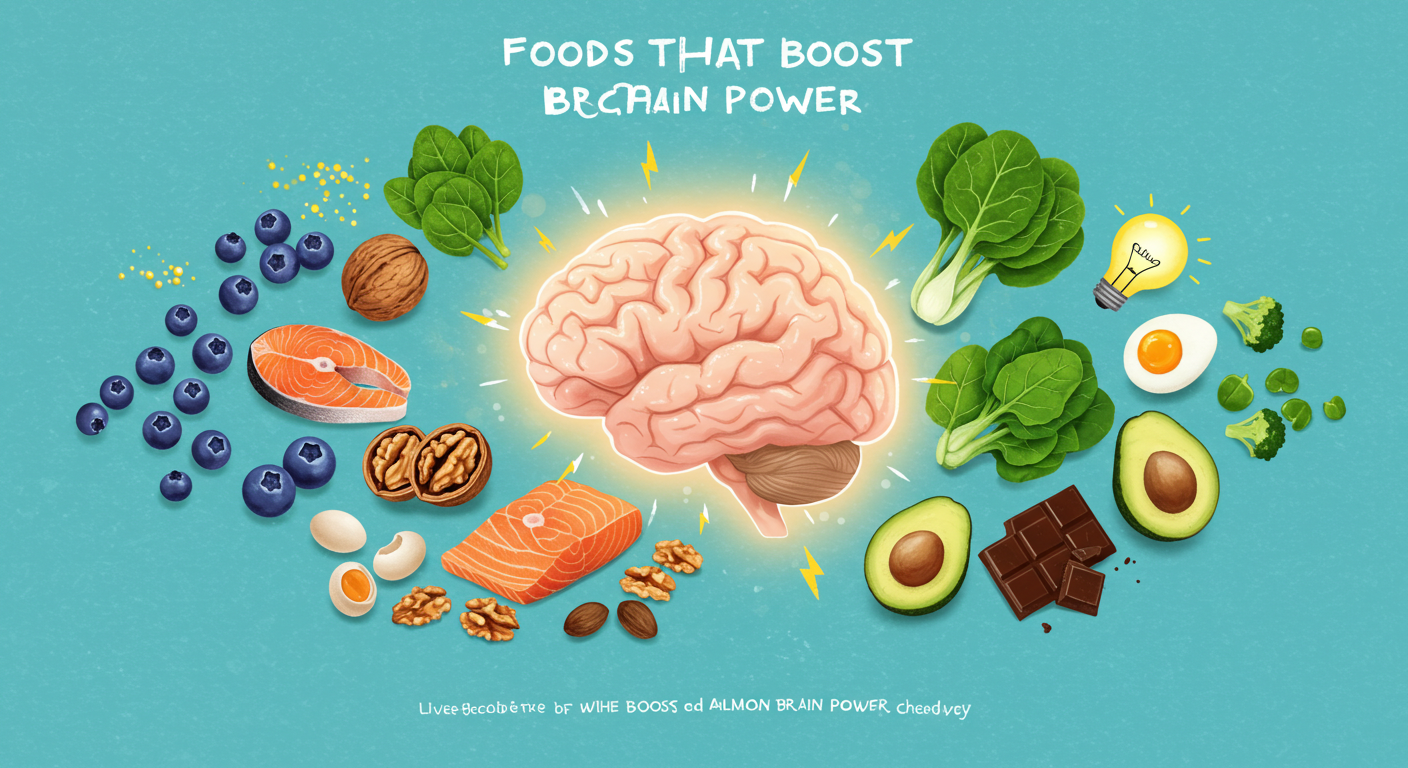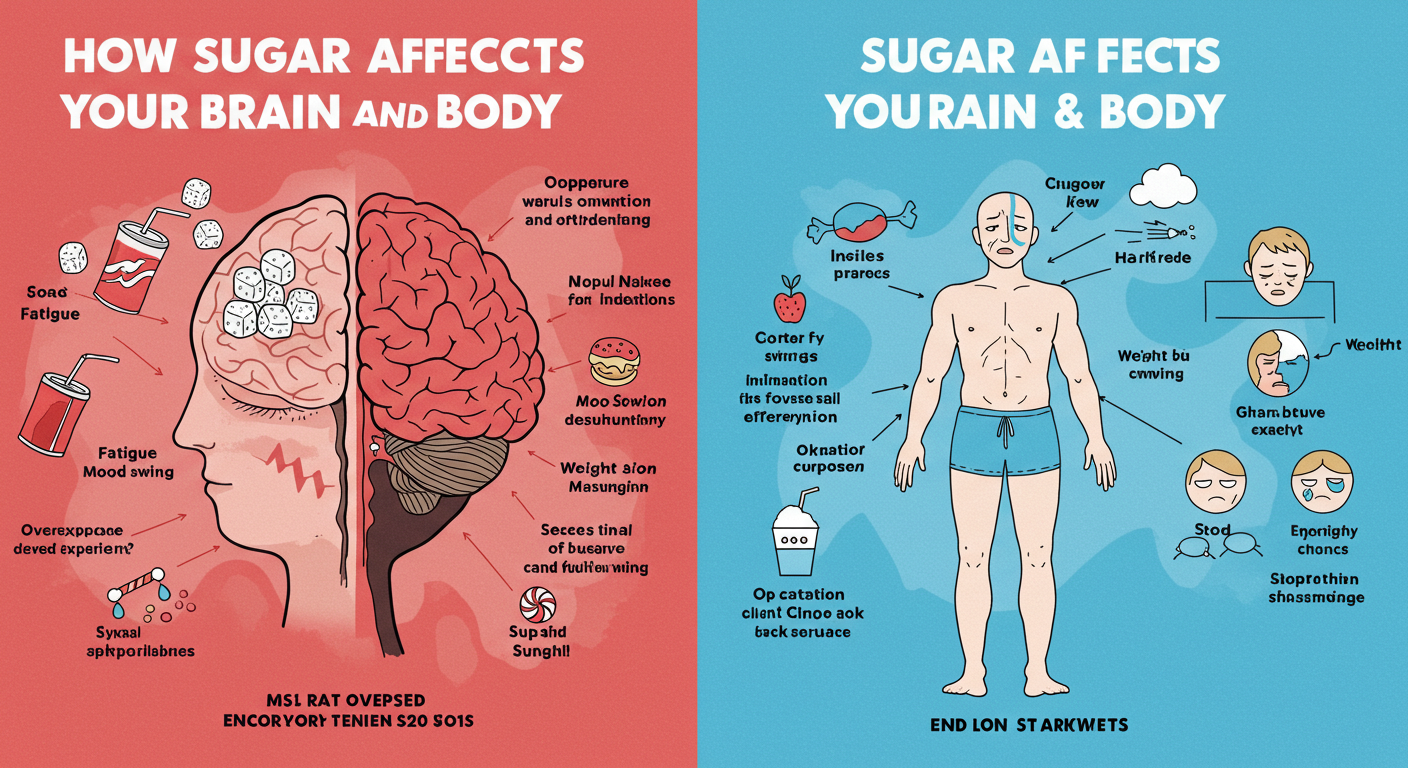Understanding Holistic Health and Its Career Paths
I’ve always believed health is more than just the absence of disease or infirmity, a view echoed by the World Health Organization since 1946. My journey into holistic health began when I felt disconnected, battling physical pain and mental fog despite a healthy lifestyle. I learned holism—the theory that parts of a whole are interconnected—means caring for the whole person, not just physical symptoms. Holistic health practitioners look at bodies, minds, spirits, relationships, and spaces to improve health outcomes and well-being. For example, I started focusing on nutrition, sleep, exercise, and rejuvenation to address my body’s needs, while exploring stimulation, curiosity, wonder, and creative expression to nurture my mind. This holistic health model helped me find balance, aligning my emotions and spirit with interdependent connections to my environment, like my neighborhood’s flora, fauna, and peaceful vibe.
To deepen my spiritual side, I embraced practices and rituals connecting me to nature, the divine, and my ancestors, giving my life purpose and meaning. I also strengthened ties with kin, friends, loved ones, neighbors, and even strangers, setting boundaries while fostering community. My cultural inheritance—full of values, traditions, art, performances, ceremonies, rites, crafts, and ways of life—taught me to live healthily. Unlike the U.S.’s medical model, which focuses on treating symptoms and pain in 20-minute appointments, holistic medicine builds teams of care providers like doctors, mental health providers, nutritionists, and spiritual healers. These draw from centuries-old cultural traditions like Chinese medicine, Ayurveda, and Indigenous healing, offering cultural renewal and spiritual renewal beyond medication or talk therapy, helping patients cope with trauma and hardships through cultural competency.
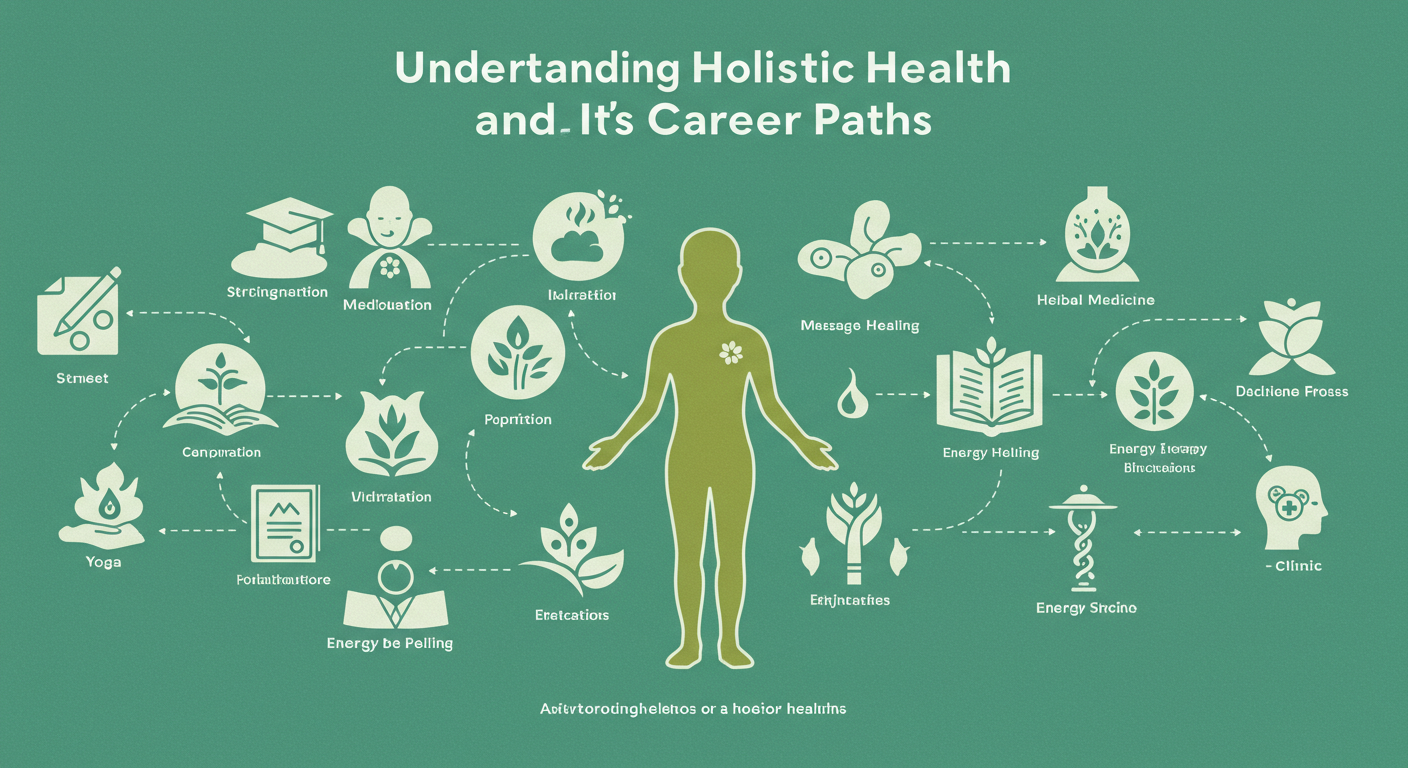
My exploration led me to discover careers in holistic health, like becoming a naturopathic physician. Naturopathic doctors, per the American Association of Naturopathic Physicians (AANP), spend one to two hours on initial appointments and 30 to 60 minutes on follow-ups, diving deep into a patient’s health. They study four years at naturopathic medical schools, covering biomedical sciences like anatomy, biochemistry, pharmacology, physiology, and pathology, plus natural approaches to diagnosis, treatment, and prevention, requiring 4,100 hours of class and clinical training to pass the Naturopathic Physicians Licensing Examinations (NPLEX) by the North American Board of Naturopathic Examiners (NABNE) for licensure. O*NET Online, backed by the U.S. Department of Labor, notes naturopathic doctors earn a median annual wage of $100,300 (2021). I also considered nutritionist roles, where a Certified Nutrition Specialist (CNS) credential from the Board for Certification of Nutrition Specialists (BCNS) and American Nutrition Association requires an advanced degree, supervision, and a certification exam, with a median annual wage of $61,650 (U.S. Bureau of Labor Statistics, BLS, 2021).
As a holistic health practitioner, I could bridge gaps in the Western world’s medical model, integrating complementary and alternative medicine (CAM) like acupuncture, homeopathy, naturopathy, massage, Tai Chi, Reiki, or osteopathic medicine. Zippia reports holistic health practitioners earn about $51,523 annually, while health education specialists make $60,600 and community health workers $46,590 (BLS, 2021). Programs like the Master of Arts in Holistic Health Studies at St. Catherine University offer research-based instruction and practical learning, blending modern scientific medicine with cross-cultural healing wisdom. As lifelong learners, holistic health educators share ancient traditions and contemporary practices to make people, communities, and the environment healthier and stronger. These careers let me heal myself and others, connecting individuals, families, schools, and organizations to wholesome, nourishing foods and food habits, fostering a clean, welcoming, and joyful place for living healthily.
Why Holistic Wellness Matters
I used to think wellness meant just avoiding illness or disease, a common view in Western society. But after facing stress and emotional lows that drained my energy, I discovered holistic wellness, a multi-faceted approach that sees people as complex, multi-faceted beings whose experiences shape their health. The National Wellness Institute (NWI) outlines a six-dimensional model covering mental, physical, emotional, spiritual, social, and occupational components. Holistic wellness isn’t about smoky rooms, purple crystals, or sensationalized alternative medicine; it’s about the interdependence of dimensions of health, ensuring the whole person is well across every area of life. By embracing this, I learned how stressful events impact emotional health, which affects physical health, showing how all parts are connected in a whole.
My mental wellness improved when I started meditating in a yoga class, helping me think critically, make decisions, and stay present in the moment. A healthy mind boosts resilience against stress, unlike poor mental fitness, which lowers resistance. I also prioritized physical wellness through self-care practices like exercising in a workout class with a friend or running a 5K for a cause, enhancing my flexibility, strength, and fitness. Eating well and getting enough sleep improved my mood and cognitive ability, even with a chronic disease, proving physical well-being goes beyond not being sick. Emotional wellness helped me regulate emotions during stressful situations, seek help, and sit with uncomfortable emotions, critical in the United States where suicide is a leading cause of death, per public health data from 2020.
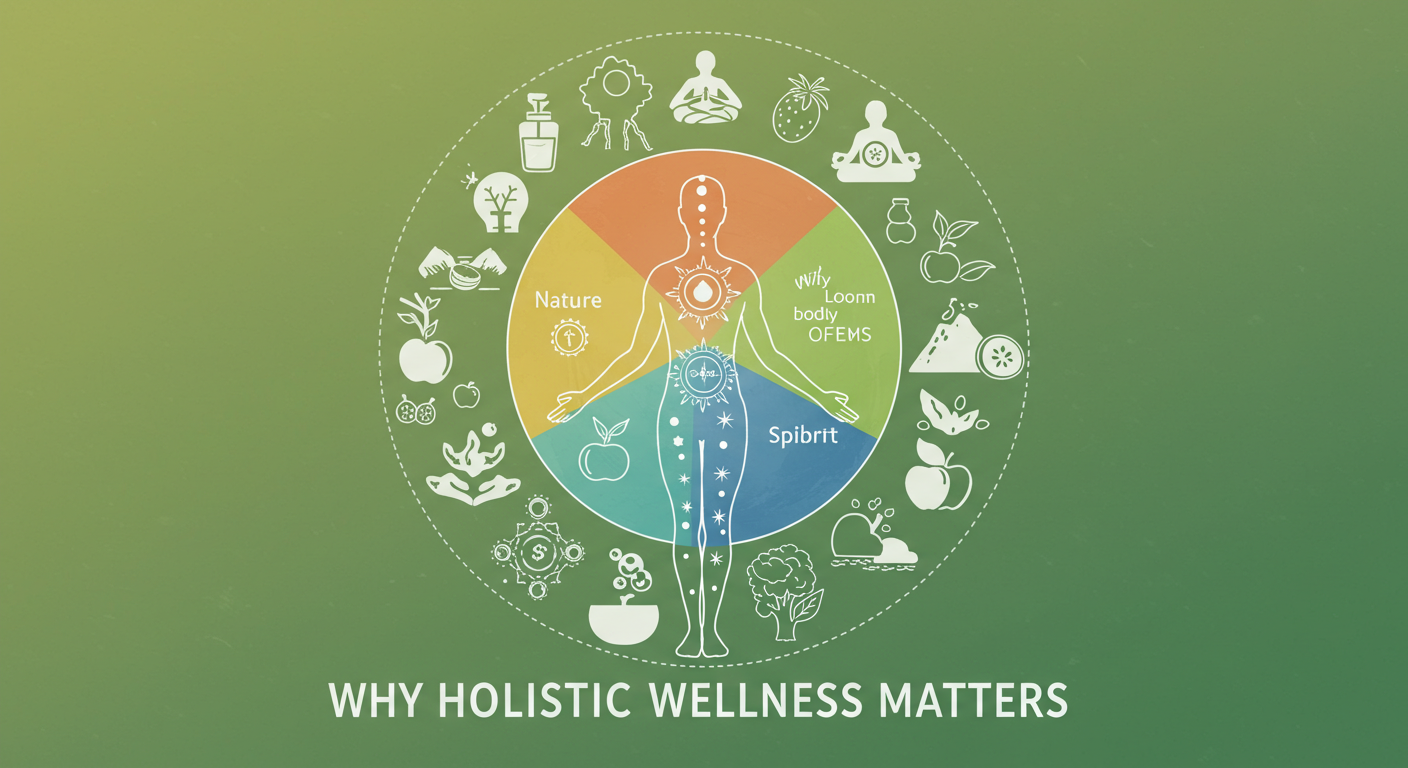
Spiritual wellness gave me purpose and meaning, connecting me to something larger than myself through mindfulness or Reiki treatment. This made me motivated and resilient, avoiding existential crises linked to poor spiritual health. Social wellness came from relationships with friends, family, and organizations, fostering a sense of belonging and social networks that research, like from BetterUp, shows lead to longer, healthier lives. Occupational wellness meant finding joy and fulfillment at work, with opportunities to grow and develop in my career, boosting productivity and creativity. Financial wellness, though not in NWI’s model, addressed financial stress by gaining control over income and expenses, reducing worry about emergencies and improving self-esteem. Working with a coach or therapist provided insight into how these areas intersect, helping me find the root cause of issues and set goals for mental clarity and emotional balance.
To achieve holistic wellness, I stayed open-minded, trying acupuncture and chiropractic care despite skepticism about crystals or sage. Rest, including seven types beyond sleep, helped me recharge creatively and spiritually, making me more efficient at work. Life coaching showed me how personal relationships and professional development overlap, while fun activities, like a hobby I love, sparked creativity and kept work time productive. The Whole Person Model (WPM) by BetterUp offered a framework to measure mindsets and behaviors for peak performance and company culture, proving whole selves at work and home enhance innovation. By adopting a whole-person approach, using solutions like health coaching and staying compassionate, I’ve built habits that make me happier, healthiest, and ready for fulfilling lives, far beyond just treating a medical diagnosis with natural ways.
Nine Keys to a Healthier You
I used to think well-being was just about avoiding disease or illness, but my life changed when I learned about the nine dimensions of health from the Total Health and Wellness Strategy. These dimensions—mental, physical/personal, spiritual, social/cultural, financial, physical work environment, psychosocial work environment, family, and physical environment—form a framework that shows how every area of life is connected. By focusing on balance, I’ve become more resilient and empowered, improving my quality of life. Each dimension is dynamic, in an ever-changing state that can improve or decline based on circumstances. For example, nurturing my mental well-being through mindfulness helps me stay mentally fit, think productively, and cope with stresses, allowing me to work fruitfully and contribute to my community.
My physical/personal health thrives when I prioritize nutrition, exercise, and sleep, keeping me fit to enjoy activities I love and pursue goals without unhealthy behaviours. I respect my personal needs and limitations, which supports my body’s strength. Spiritual well-being connects my values and actions, giving me purpose, meaning, and peace. I find balance through spiritual guidance, like reflecting on what matters most. The social/cultural dimension builds a sense of belonging through positive relationships with family, colleagues, clients, or manager, and ties to communities. I’ve also worked on financial well-being by gaining control over my finances through financial literacy, reducing stress about personal objectives like saving for the future.
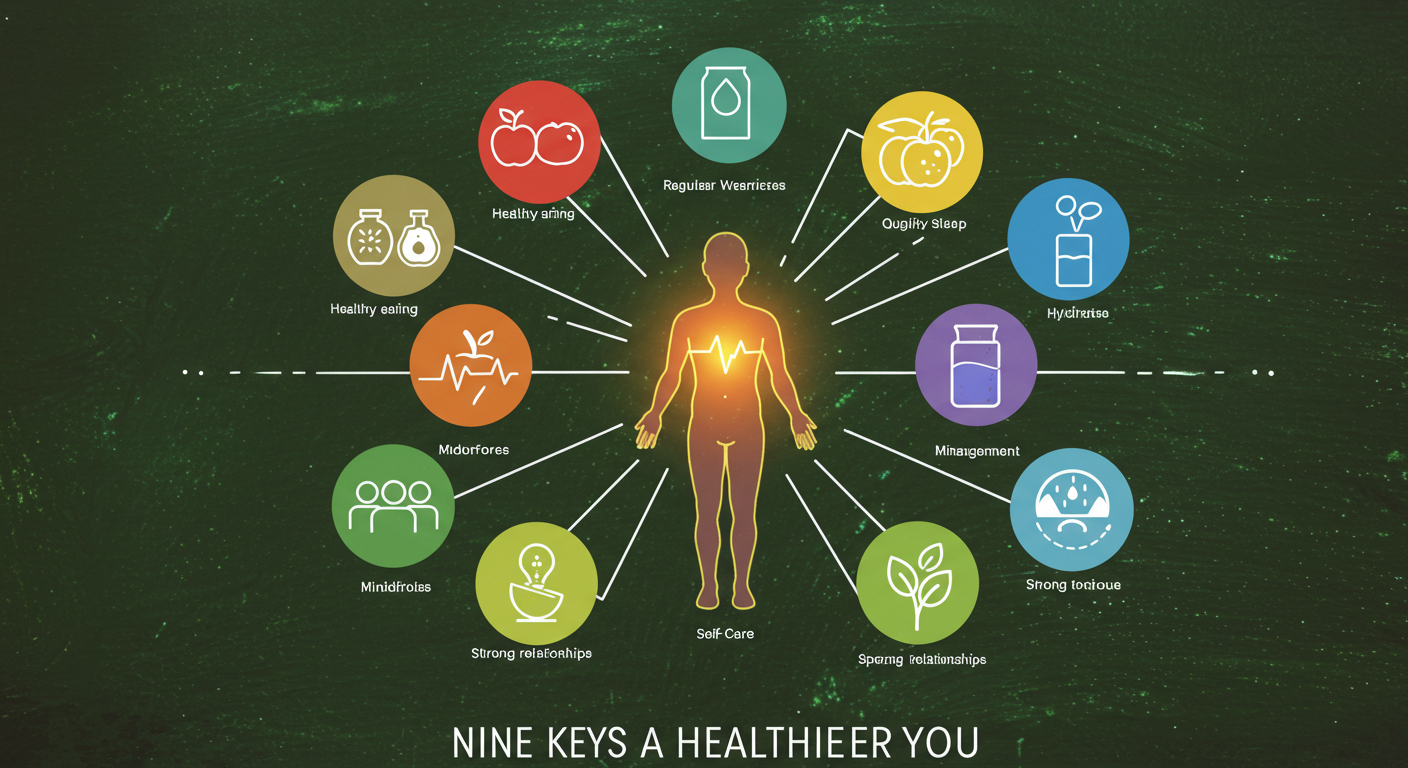
The physical work environment, like my workspace with good ergonomics, lighting, and air quality, makes me feel comfortable and productive. The psychosocial work environment fosters workplace culture through strong relationships, boosting my professional objectives. My physical environment—the space I live in, with its noise levels, temperature, light exposure, and access to amenities like stores, hospitals, schools, or transportation—impacts my personal security and health. If my neighborhood feels unsafe, my well-being suffers, so I take proactive steps to make it better. The Defence Team’s resources, like the Total Health and Wellness web page, offer tips on managing finances, coping with change, and maintaining work-life balance, while the Canadian Forces Morale and Welfare Services web page provides programs and services to make members stronger at individual and community levels for operational readiness.
As a public service employee, I’ve used the Organizational Well-Being SharePoint on the National Defence network to find services and resources that support my healthy lifestyle. These tools and articles guide me to nurture each dimension, helping me stay balanced and avoid decline. By focusing on these elements, I’ve created meaningful change in my life, like building positive relationships with family members or aligning my actions with my values. This holistic approach to wellness has made me feel whole, showing that health is more than the absence of illness—it’s about living fruitfully and embracing every part of who I am.
Discovering Holistic Health
I used to view health as just staying free from disease, but my perspective shifted after struggling with stress and low energy. I learned that holistic health is an approach to life that nurtures the whole person—physical, mental, emotional, social, intellectual, and spiritual aspects. By becoming an active participant in my health decisions, I embraced wellness-oriented lifestyle choices that transformed my well-being. Holistic approaches draw from ancient healing traditions and traditional medical systems like ayurveda, using food, herbs, supplements, teas, homeopathic remedies, and essential oils as medicine to prevent disease and promote wellness. These approaches blend conventional medicine with integrated methods, creating a multidimensional path to health that’s both inclusive and effective.
My mornings now include mindfulness and meditation, calming my mind and boosting my mental clarity. I also practice guided imagery to visualize positive outcomes, which uplifts my emotional state. Holistic approaches like yoga, movement, dancing, singing, chanting, sound, vibration, drumming, or prayer connect my body and spirit, fostering a sense of peace. Body-based approaches such as acupuncture, acupressure, massage therapy, chiropractic physicians, manual therapy, and therapeutic touch have eased my physical tension, while energy therapies like reiki recharge my spiritual energy. These interventions make me feel alive and integrated, showing how mind-body-spirit practices work together to enhance wellness.
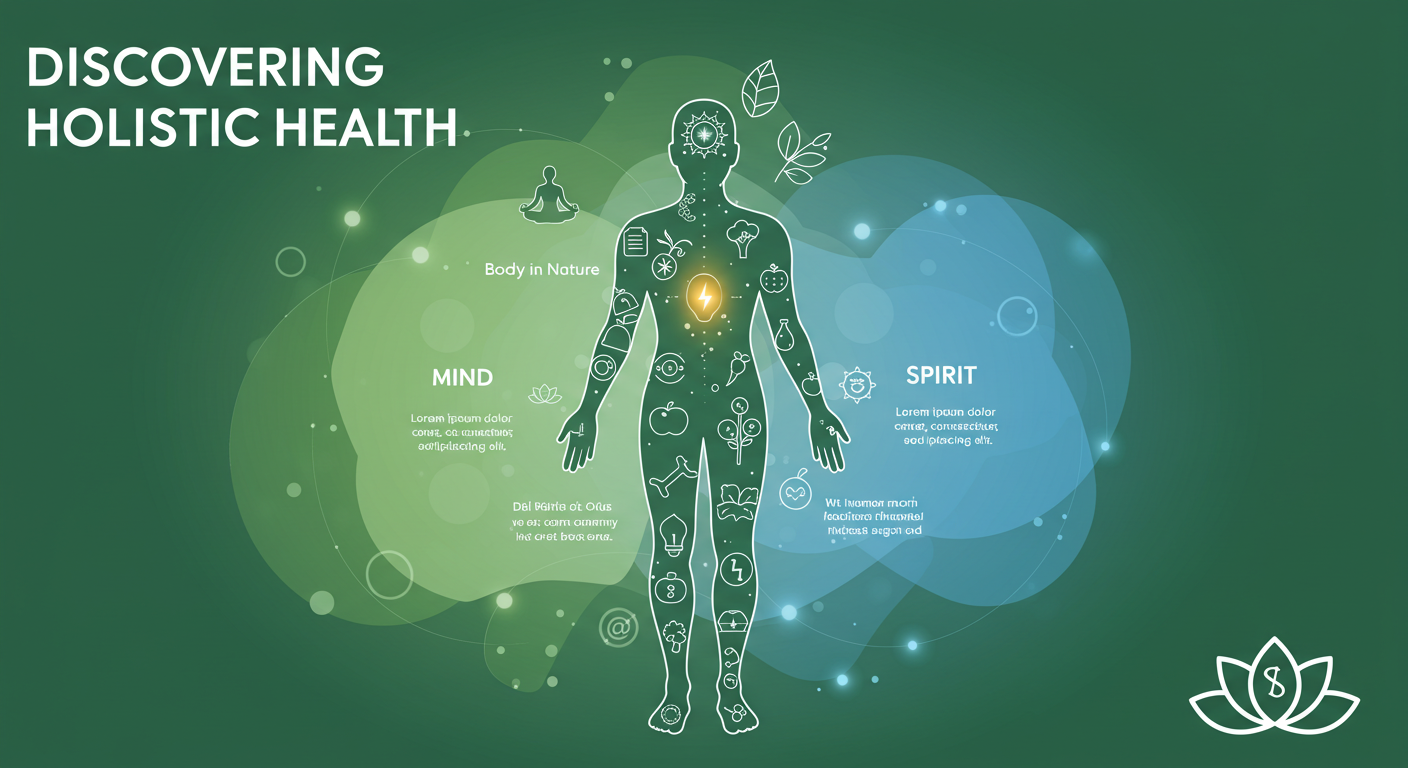
As an individual, I’ve explored biological based therapies to support my physical health, like using herbs and supplements to stay energized. Holistic health encourages individuals to tailor healing processes to their needs, which has been empowering. For example, naturopathic physicians helped me understand how food and teas can heal, blending traditional holistic approaches with modern care. The enthusiasm for this approach is growing, as seen on campus at WCSU, where a concentration in Holistic and Integrative health within the Public Health major reflects the interest in these methods. This multidimensional approach ensures every part of me—physical, mental, emotional, social, intellectual, and spiritual—is nurtured.
The activities I’ve adopted, like yoga and biofeedback, help me stay balanced and avoid unhealthy behaviours. They’ve made me more aware of how my body, mind, and spirit are interconnected. By combining these approaches with conventional medicine, I’ve found a holistic way to live that feels authentic and sustainable. Whether it’s the touch of a massage or the calm of meditation, these practices have become my tools for a healthier life, proving that holistic health is about embracing all aspects of who I am to thrive every day.






